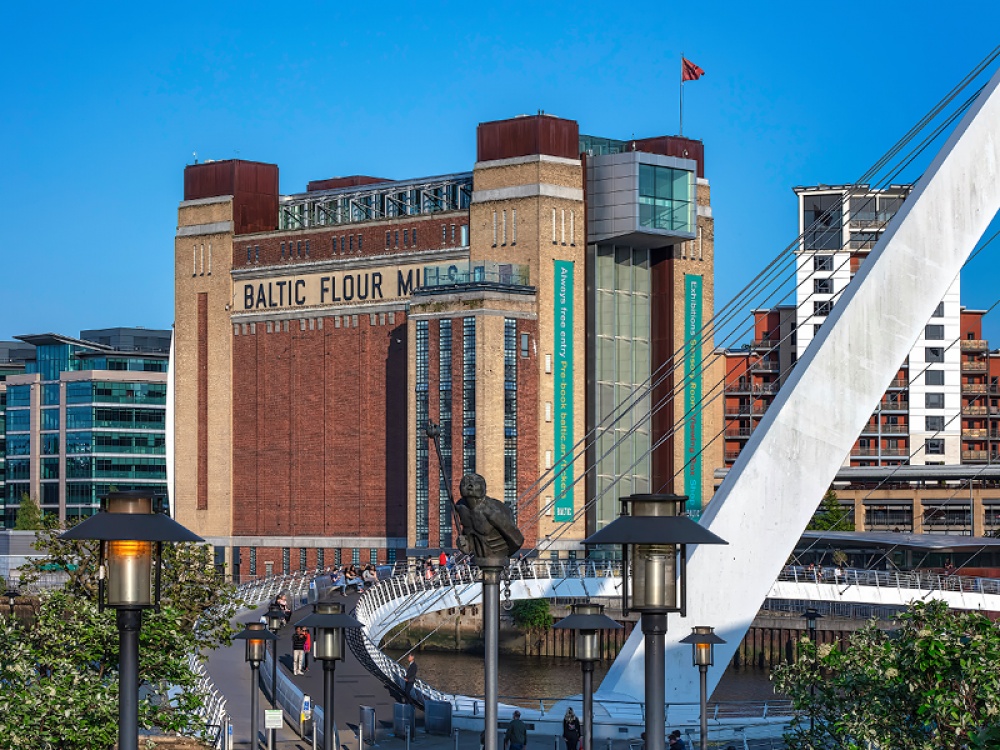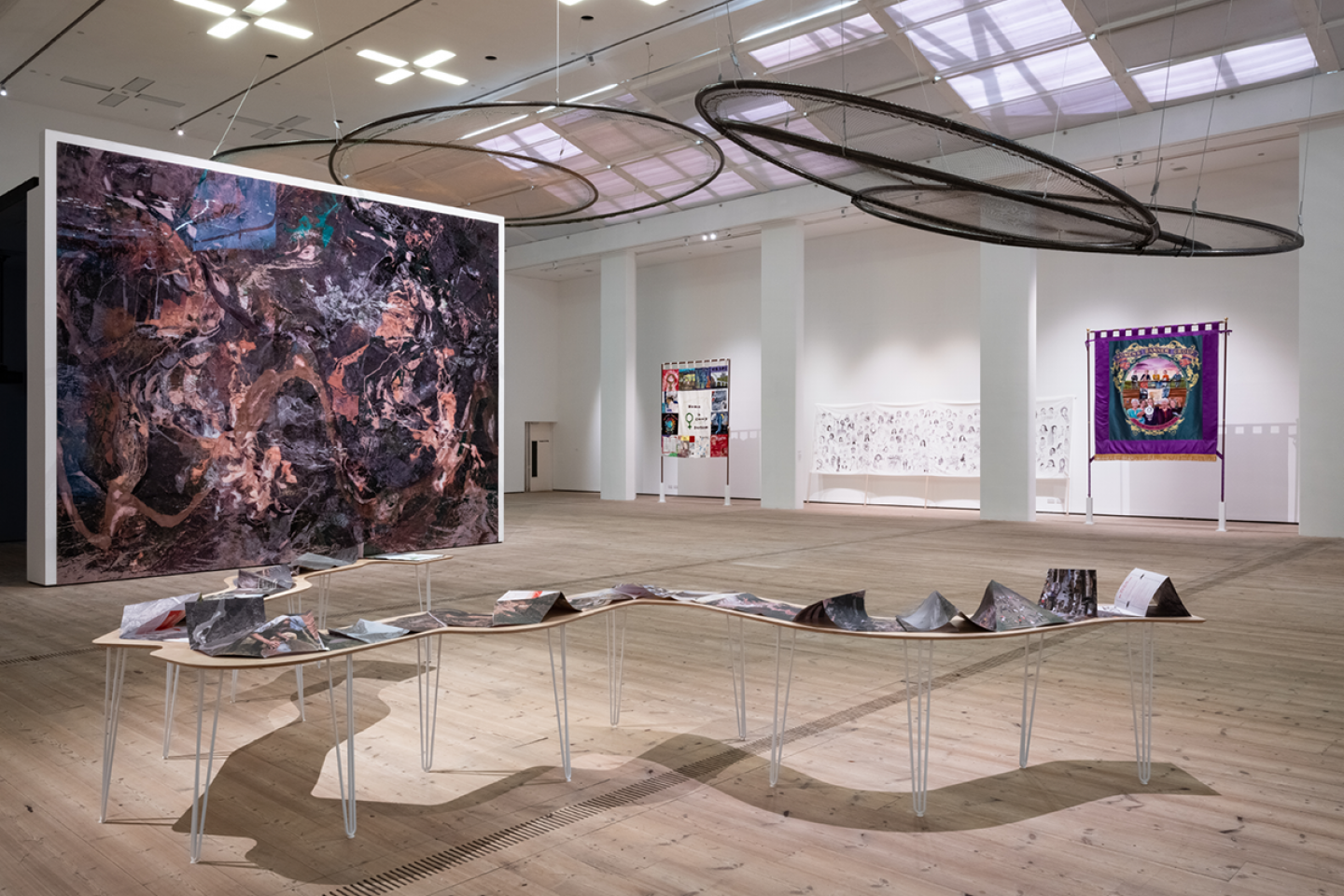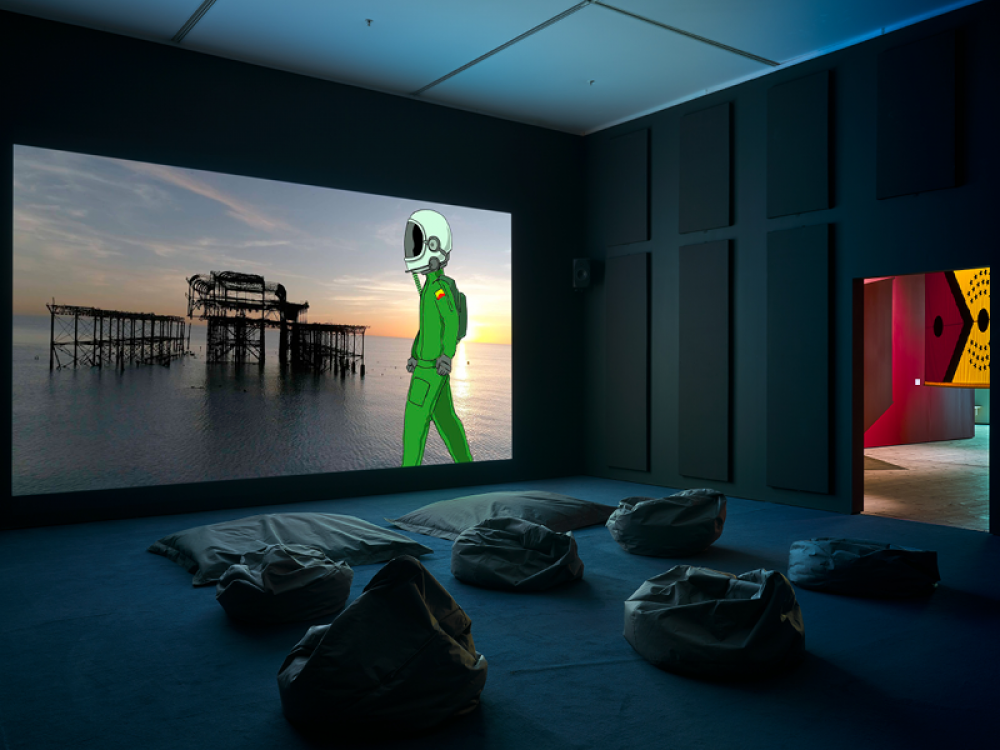Baltic Celebrates 25 Years with the Launch of a New Online Archive

Baltic Centre for Contemporary Art has launched a new online archive chronicling 25 years of contemporary art exhibitions and projects
Baltic’s expansive digital archive features more than 30,000 individual items from its 25-year programming history and onsite library, including the very first exhibition at Baltic, Taratantara by Anish Kapoor, and its most recent exhibition, Manual Labour by Hannah Perry.
‘Baltic has always had an archive since it opened in 2002 and it started putting art into the public domain earlier than that, in 1999. Now we’ve got 25 years of documentation, ephemera and things that have been put into the public domain,’ says Sarah Bouttell, producer of Documentation, Library & Archive at Baltic Centre for Contemporary Art. ‘We also have active filmmaking around our exhibitions so that we can bring the voices of artists to the public to find out more. Over those 25 years we’ve built up hundreds of videos, thousands of images and audio recordings. Every live event here is documented, whether that’s a talk or an artist’s performance, so we have all of this content, and this new site has allowed us to present that (and a lot more of it than we’ve ever done before) to our online audiences.’
The archive is free to access and is now allowing visitors to explore a rich collection of digital content and to discover content by subject or theme, when they’re away from the gallery itself.

‘People have grown up with Baltic and might’ve been on school trips here. It’s about people’s memories and being able to revisit things that inspired them or made them think,’ Sarah continues. 'A young man called me once saying he couldn’t stop thinking about something he’d seen on a school trip which was a Cadillac filled with animal heads. I said “I know exactly which exhibition you mean”. We see these things as children (or adults) and they stay with us, and this really allows people to go back and find out more, and see things from a different angle. It’s also great for people who might not be able to make it into the building.’
The site has three routes in which content can be accessed. The Explore section showcases current and featured exhibitions and new content, chosen by Baltic’s producers and curators. The Search function is a research tool to pinpoint specific resources or items in Baltic’s huge archive and library (artists, exhibitions, subjects or artistic movements) and the Discover section invites users to type in their interests to generate a list of matching terms which exist in the archive.

‘On the Discover section if you type in a topic you might be interested in, whether it’s food or landscapes, it’ll generate a display of content relating to that word,’ Sarah explains. You can go down lots of rabbit holes and get lost in the site as it creates connections and leads people through. No matter what you’re using it for, it will lead you somewhere and connect you to an artist you might not have heard of.
‘Our online archive also acts as our library catalogue. People might not realise that Baltic has a library that’s open Wednesday to Sunday. There are over 15,000 books [and more than 500 zines] in the library around art and contemporary culture so people might find a book online and come and read that in the library the next time they visit.’
Baltic Archive also charts the building’s original use as part of the Rank Hovis flour mills complex, and the design and conversion process of the disused silo building into a contemporary art gallery. ‘We had a lot of bread-themed activities which linked to Baltic’s heritage as a flour mill on the opening day and there was a bakery bringing the smell of bread back into the building and giving out buns,’ says Sarah. ‘There’s a picture of it online but we actually have a bread bun from our opening day – a 22-year-old bread bun. It’s a really great talking point and I can use it as a way to talk about Baltic’s history.
‘From when Anthony Gormley did his Domain Field project which involved casting over 280 people, we have all the tags that were used to label the casts. We have all these tiny memories of Baltic’s activities and it’s our job to capture them and to make them accessible online if possible. It’s very specific and unique to Baltic and where we are.’
The plan for the Baltic Archive is to become a valuable resource for schools, colleges and universities; and for anyone with an interest in contemporary art. ‘We’ll keep collecting and we’ll keep documenting what Baltic does in the future and we open new exhibitions every few months,’ Sarah says. ‘I’m in the process of making films with Hannah Perry and Joanne Coates for example so their voices can be heard by a wider audience.’







